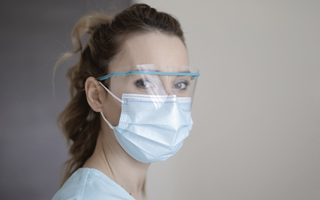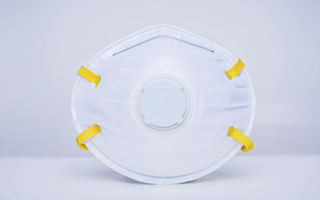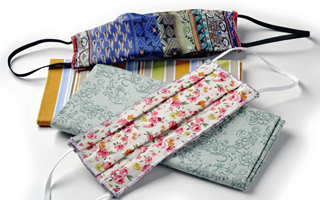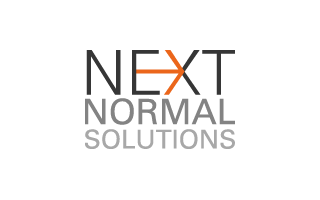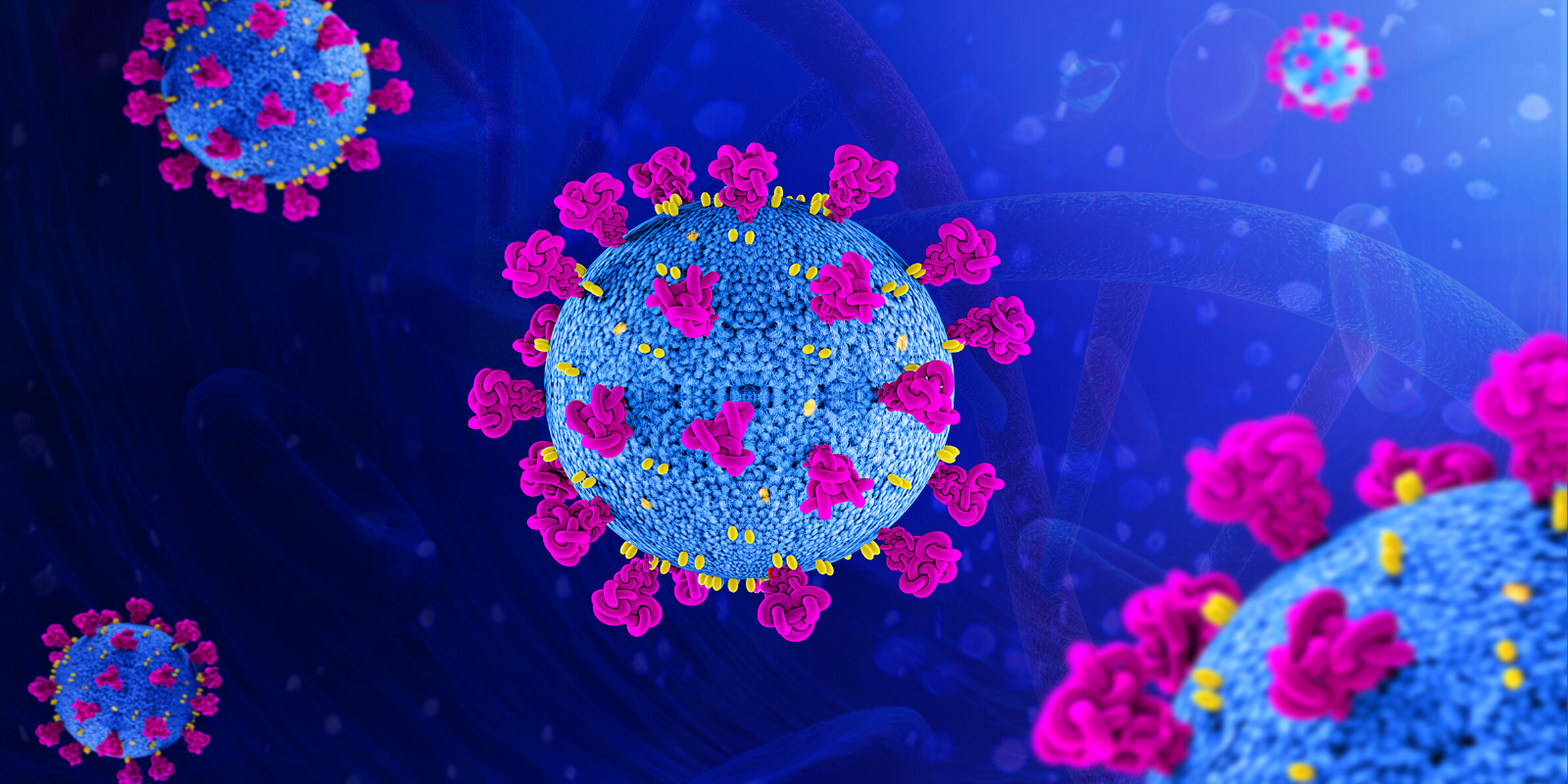Demonstrate to consumers in the U.S. and Canada that your reusable face masks meet the highest standards for quality and performance.
The SGS IC Mark for Reusable Face Masks provides proof that reusable fabric face masks meet the minimum legal requirements for quality and performance, in particular, the newly published industry consensus standard, ASTM F3502 Standard Specification for Barrier Face Coverings. It allows you to provide your customers with peace of mind, increasing their confidence in your brand, and enables your product to stand out in the marketplace. .
What are the benefits?
This program offers greater transparency and helps simplify the confusing world of face masks. The SGS IC Mark for reusable face masks will enable you to:
- Increase consumer trust in your brand by providing them with a QR code they can use to verify the quality of your face masks
- Ensure compliance with ASTM F3502's health and labeling requirements
- Differentiate your product from those of competitors
What do we test for?
Tailor made for every mask and face covering, the SGS Reusable Fabric Face Mask IC Mark program tests and verifies the parameters of your chosen market, or those specifically selected by you for product evaluation.
Parameters include:
- Breathability
- Particle filtration efficiency
- Labeling
- Strap/attachment strength
- Service life claims
- Restricted substances
- Flammability
- Colorfastness and other textile quality tests
What is the testing process?
We draw samples from production and evaluate them according to the agreed test protocol. We will also verify that they meet the applicable regulatory requirements, through document review or actual testing.
On successful completion of the approval process, you will be granted the right to use the SGS Reusable Fabric Face Mask IC Mark.
What does SGS do with the results?
If the results of the product testing comply with the requirements of the test protocol, we will provide you with formal approval to use the SGS Reusable Fabric Face Mask IC Mark for the test parameters for that specific mask/face covering.
SGS will also create a QR code page for that specific product. This will include:
- A brief product description and image
- The date and scope of the test
- The criteria tested and the results
- The approval number
- The manufacturer’s details, plus those of any applicable retailer
How long does approval last?
Evaluation must be re-performed within 12 months of the initial product testing and approval to ensure continued product compliance to the established test protocol.
The SGS Reusable Fabric Face Mask IC Mark cannot be used if the production facility (that produced the initially tested product) changes, or if the product, its raw materials or its production process is modified.
Why SGS?
As the recognized global benchmark for quality and integrity, we will help you to ensure that your products meet government and consumer demands for quality and safety.
Ask the experts


